The Jets travel down to Busan, eager to compete in the first tournament of the season. Although they breeze through each game and hoist the trophy after the finale, the low-pressure competition underwhelms them. The Southern Korean Activities Conference (SKAC) rebranded itself to the Southern Korean Association of International Schools (SKAIS) and underwent a reduction in size and challenge.
With the reform, only four schools mainly comprise the SKAIS line-up in the high school division – DIS, Busan Foreign School (BFS), and the International School of Busan (ISB), and Gyeongnam International Foreign School (GIFS).
The decision to restructure the conference stemmed from concerns about whether certain institutions in SKAC met the criteria of an international school. “Some schools had some reservations about competing in an international school conference that included schools that didn’t have the same guidelines or requirements the international schools have to follow for accreditation,” athletic director Bergan said.
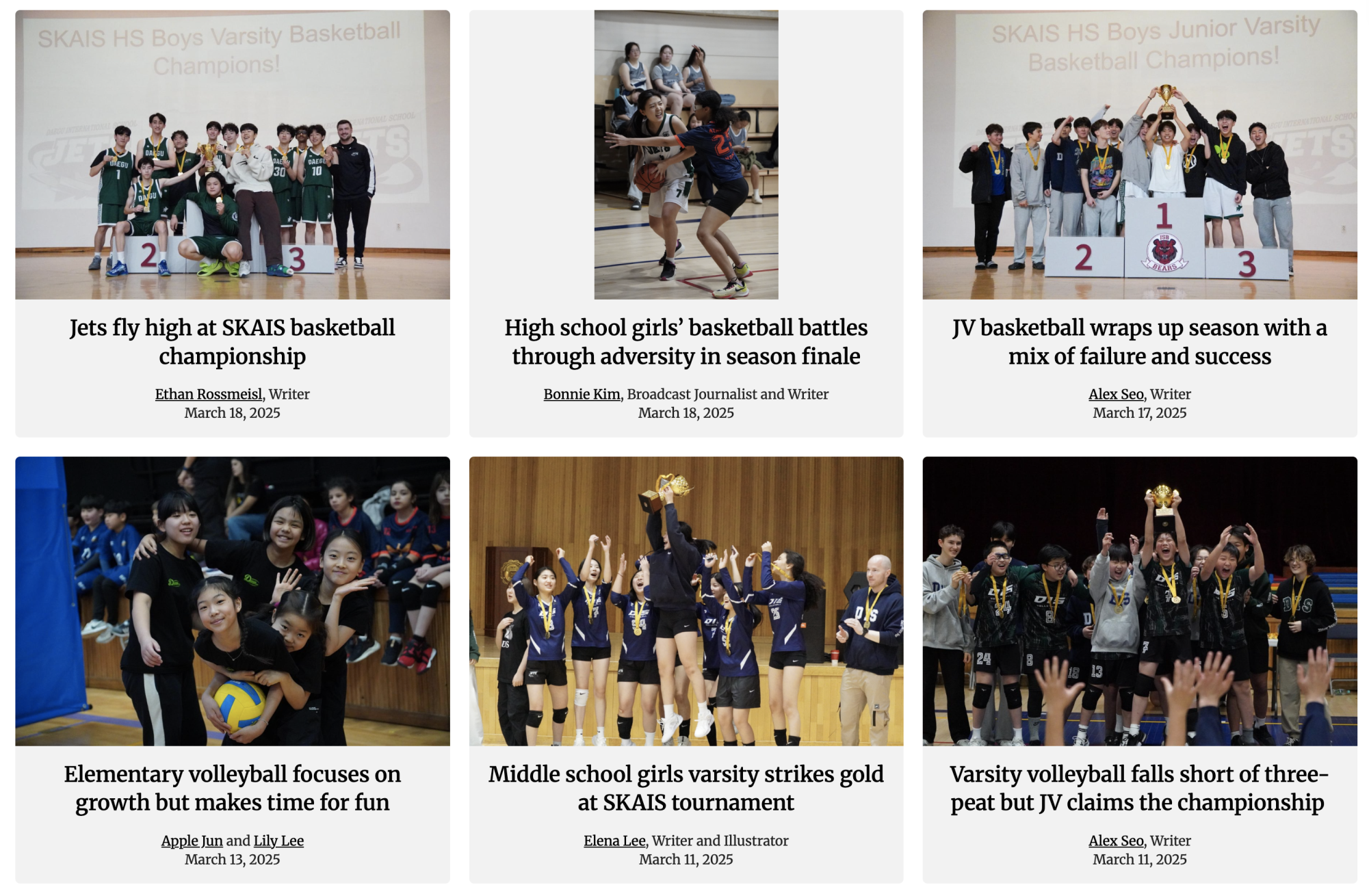
While the committee expected a change for the better, the recent high school boys’ basketball SKAIS tournament exposed the downsides of the change. Varsity only competed against three different schools, and their rivals barely scraped together a starting five.
Senior veteran Colin Ji was sidelined due to his ankle injury during the Korea International School Activities Conference (KISAC) tournament earlier in the season. Despite this, the Jets still dominated with their substitutes. “As the team knew that I was going to be absent from SKAIS, they prepared for it and managed to fill in my shoes. Overall, the competition definitely did go down for the Jets,” said Ji.
The smaller pool curtailed opportunities, as a single loss in the round-robin heavily altered team rankings. For example, the BFS Sharks struggled with back-to-back losses against the ISB Bears and the Jets, losing their ticket to the finals only a few hours into the tournament.
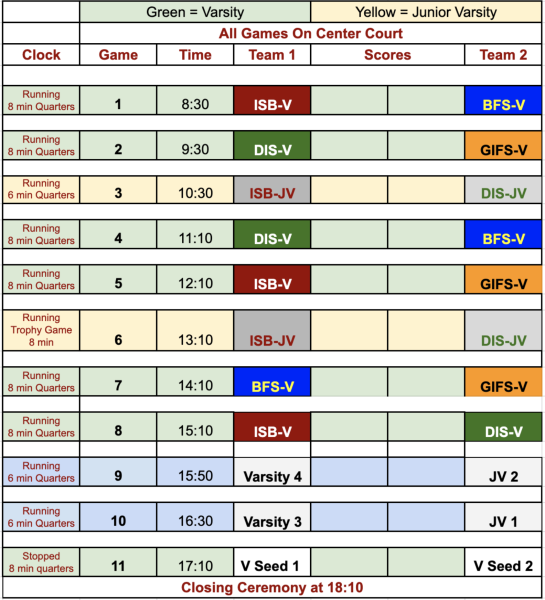
Unfortunately, the JV league had even fewer opportunities than the varsity division. With only one opposing team – the Bears – both squads entered the finals before the competition even kicked off. The time and dedication the players put in throughout the season came down to one matchup against a single team.
“It’s unfortunate for both teams, but especially the junior varsity, to have only one team to compete against. The change of SKAC to SKAIS means that quite a few of the teams that we competed against are no longer in the conference. It limits the competitiveness and the tournament feel if you don’t have a number of different teams to play against,” said Coach Kaschub.
The departure of Handong International School (HIS) as an original competitor left a big gap in DIS priorities, as they played a key role in SKAIS. “HIS left SKAC after it changed to SKAIS. It did take our intensity off from our practice. However, we still have KISAC, and we usually train at KISAC and happen to excel at SKAIS. Because we have KISAC there wasn’t a big negative impact on our effort, but it was pretty disappointing to lose some competition,” said Ji.
Unlike the newborn league, the older Korea International School Activities Conference (KISAC) steps up its game. The Jets contend against Jeju schools triple or sometimes quadruple their size. The level of competition in SKAIS fails to prepare the Jets for the physicality of this higher caliber.
“In terms of the KISAC tournament, we have a pretty big disadvantage because we’re a much smaller school,” said Coach Kaschub. Competing against the Jeju schools is a big challenge, and lots of the coaches hope for more opportunities to compete against schools to prepare for the physicality.”
With only two different tournaments per season, student-athletes train arduously for months for a chance to perform. While athletic teams expand their level of competition through extra practices and scrimmages against local teams, SKAIS fails to meet the expectations the athletes hope for.
Nevertheless, some members of the SKAIS conference view the shift through rose-colored glasses. “The change seems to be positive because the schools in SKAIS line up more balanced when it comes to size, making the competition seem fair,” said Mark Howarth, ISB athletic director.
The disparity between teams still prevails in the league and leaves underdog schools like GIFS at a disadvantage. “Unlike [GIFS] that only competes in SKAIS, ISB, BFS, DIS got different tournaments like East Asian International Activities Conference (EAISAC) and KISAC and we are limited in where we can put our tournaments. If we were to have more schools, we can host multiple tournaments, which would be good for the students,” said GIFS athletic director Max Harris.
With limited resources, underdogs found alternative ways to keep up with their competitors. Schools like GIFS and AIS combine all their players to form one team large enough to compete, as neither school fields full rosters on its own.
Athletic directors work to move past the growing pains in years to come. “While SKAIS did shrink, we also plan to increase the size of SKAIS, as more international schools are coming into Busan in future years. We want to make things competitive for the students,” said Howarth.
At the moment, SKAIS closes its doors to new members as no other schools meet the membership criteria. “We’re kind of stuck where unless more international schools come to the Southern part of South Korea it’ll be pretty hard to expand the conference,” said Bergan. “We’re trying hard to put together teams, but I hope two or three more schools can come into the conference.”
For the foreseeable future, the Jets must overcome these changes to keep up their athletic record. “Our athletes do a great job in competing against these big schools, and sure, we do have disadvantages but this can’t be an excuse for the reasons why we can’t win,” said Bergan. “We have to step up our game to fit into this tournament even more.”

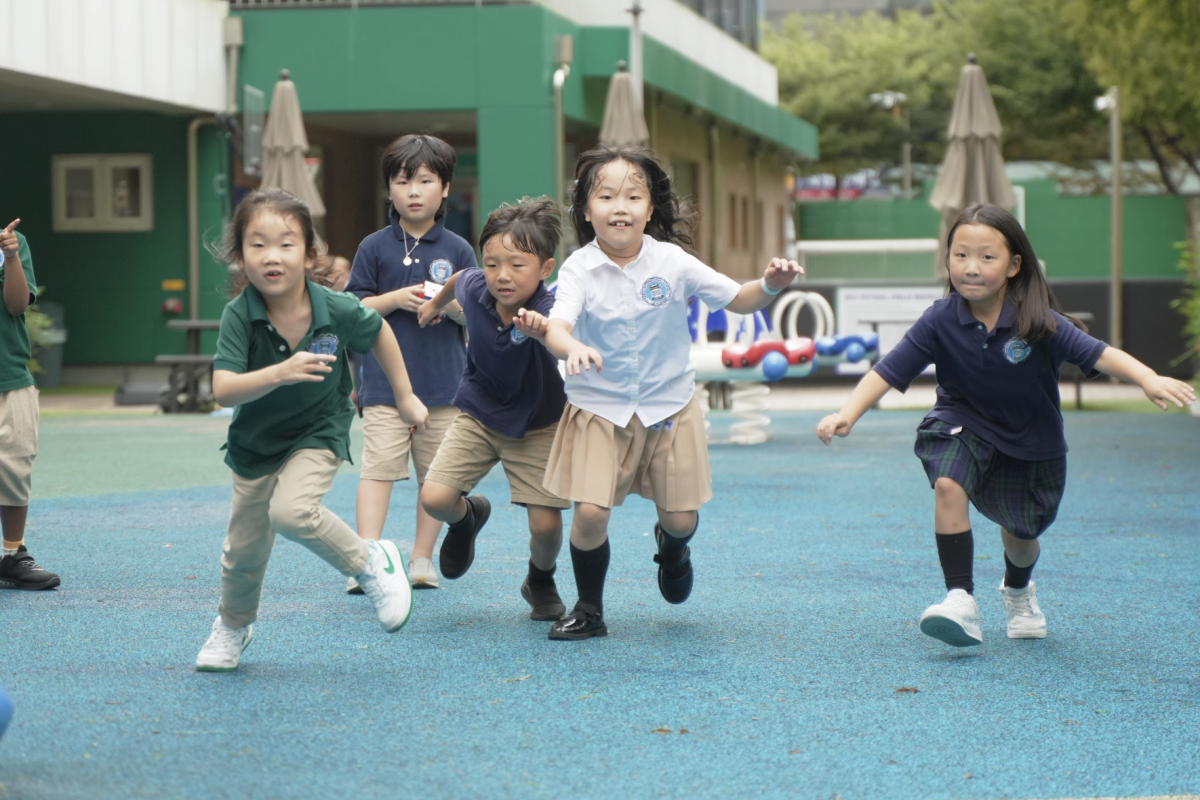


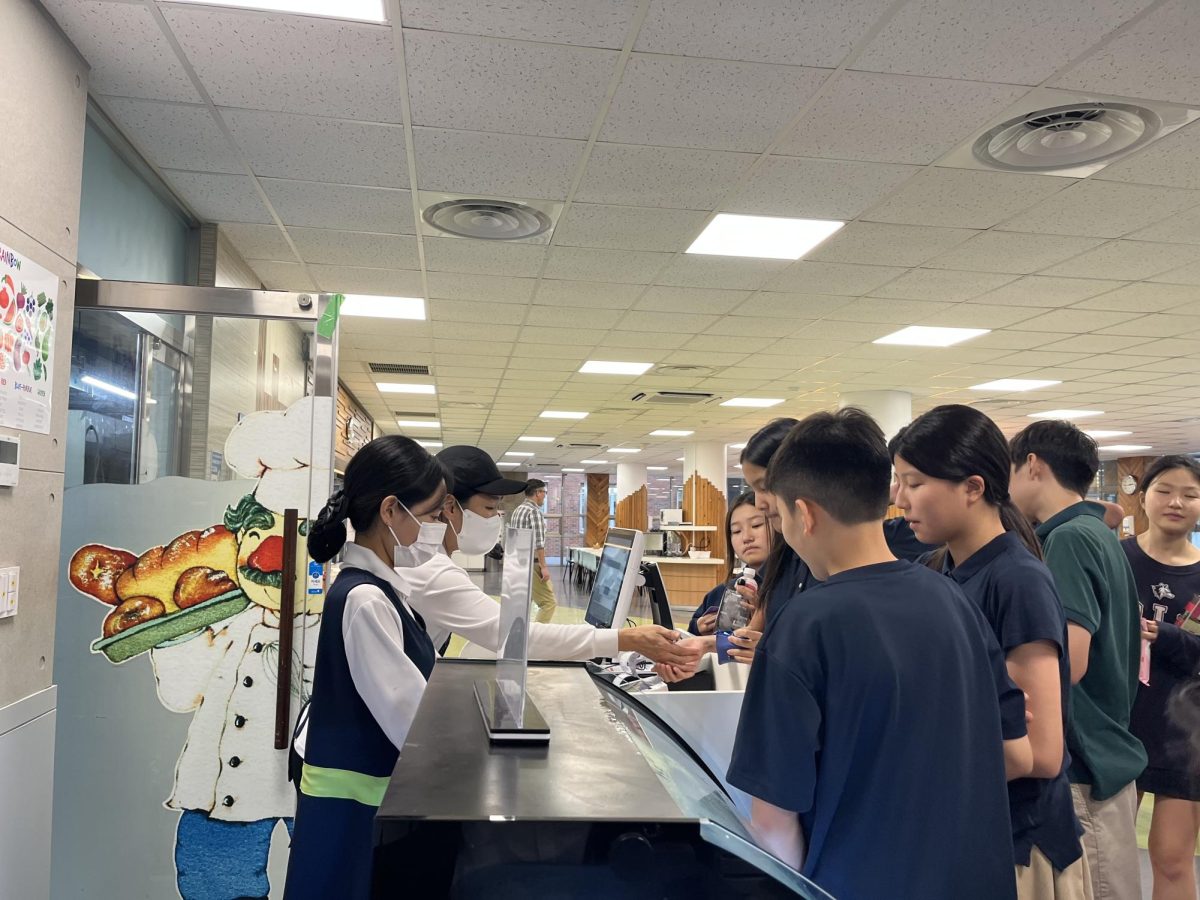

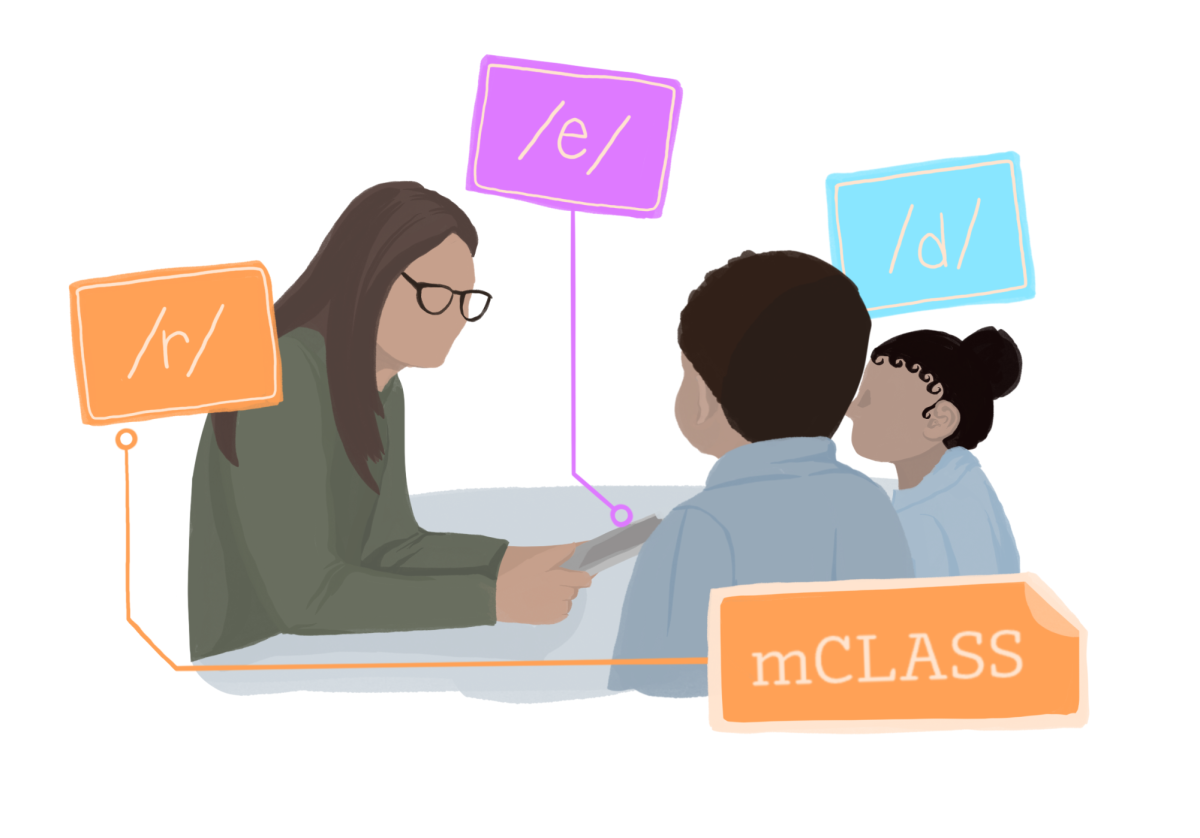

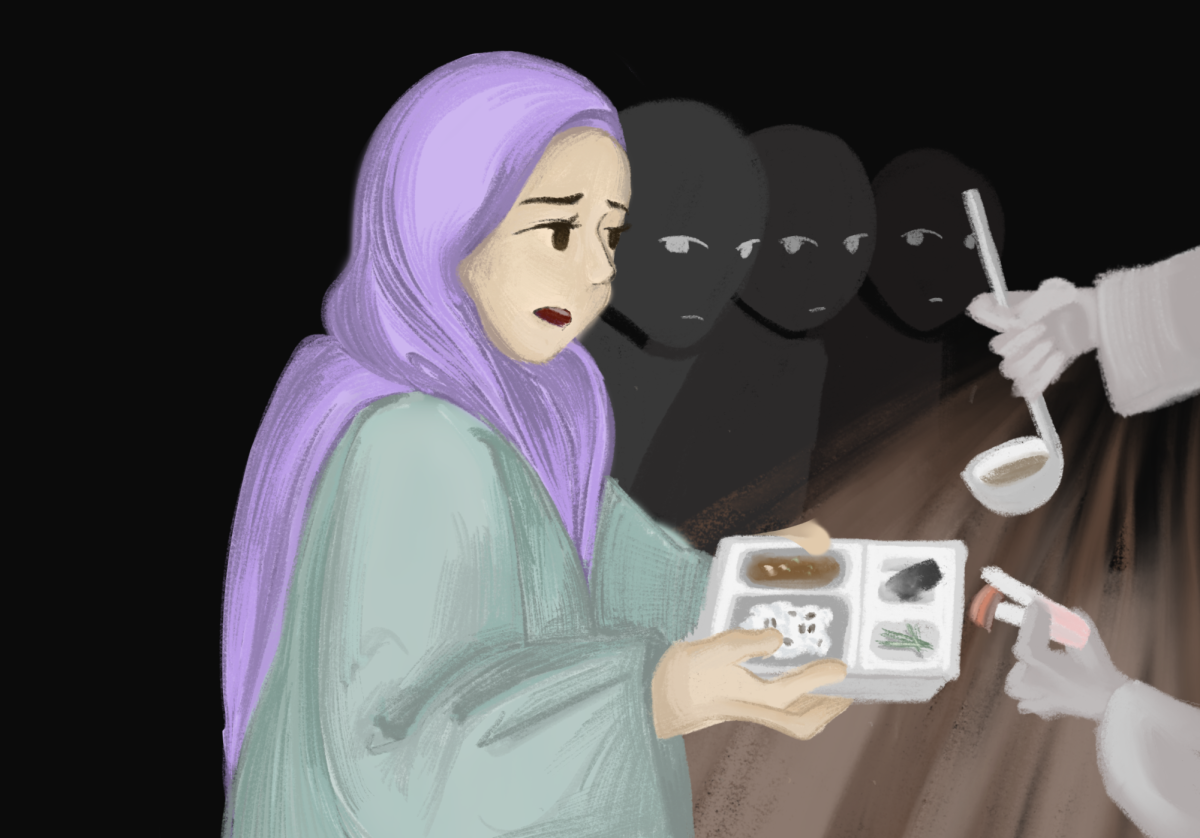
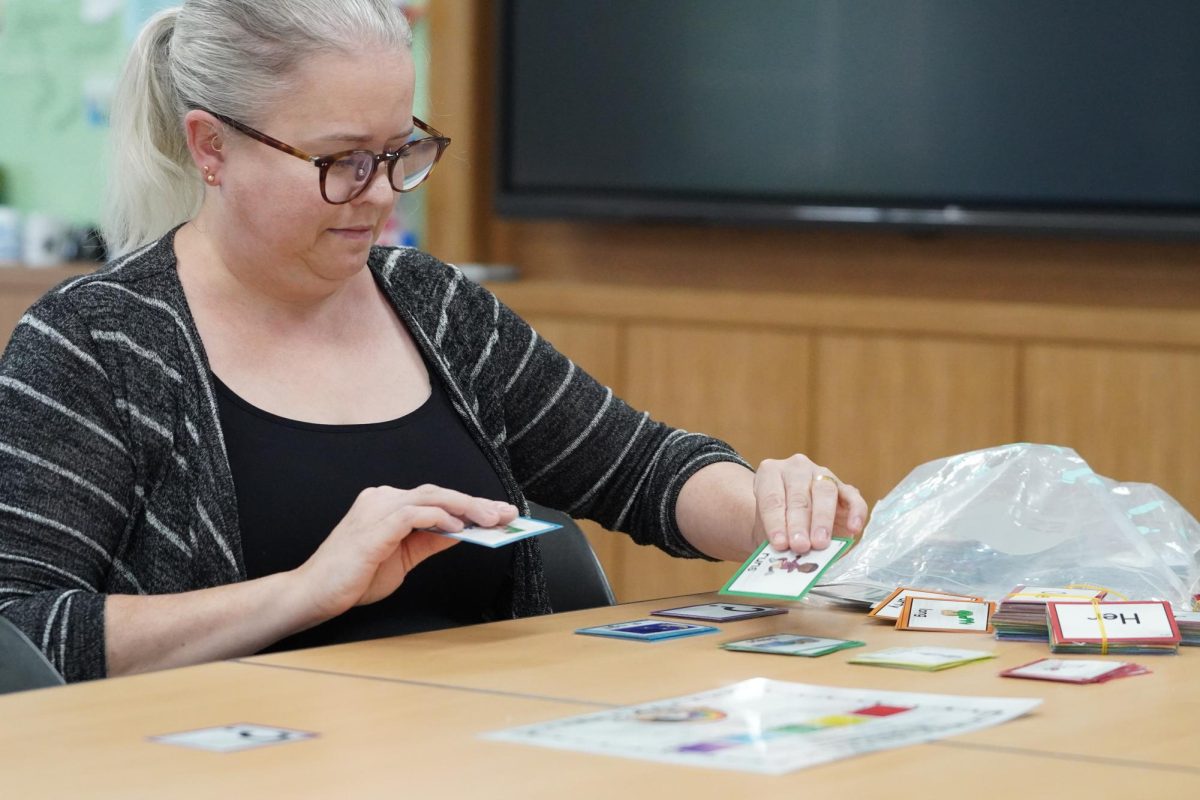
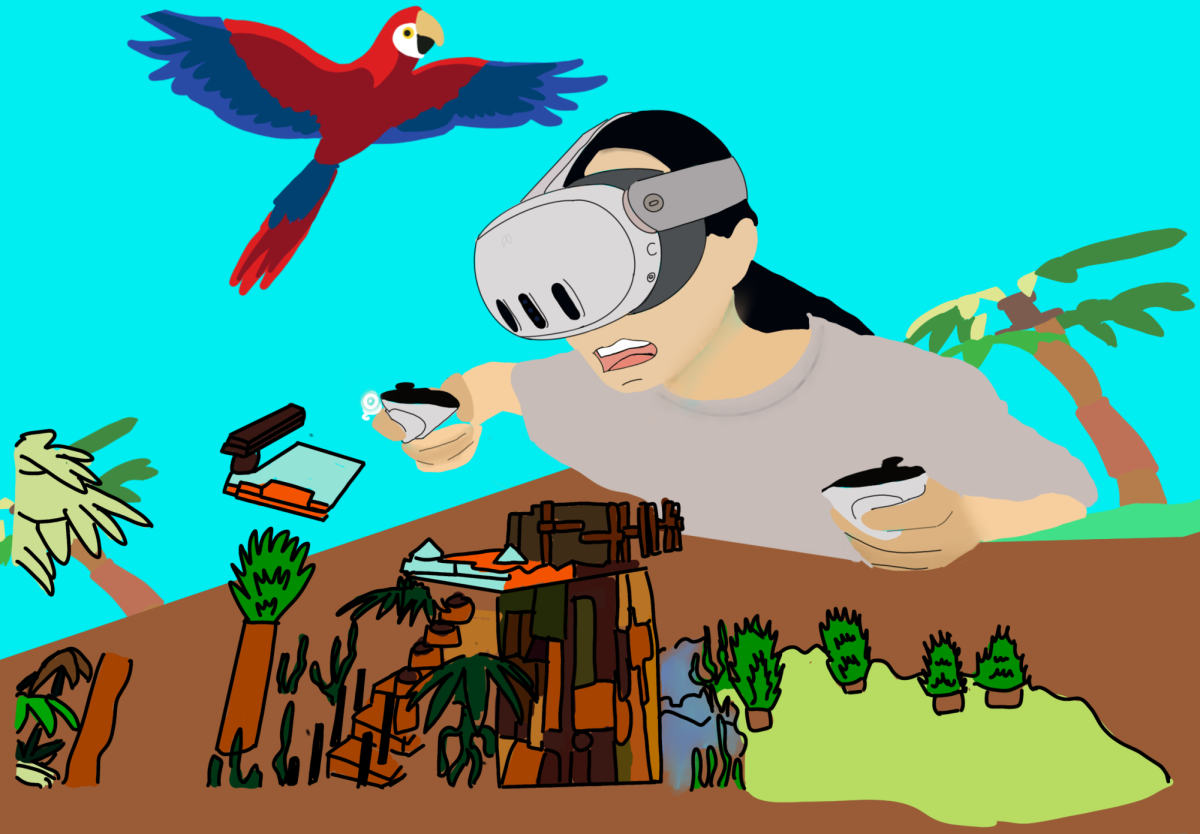
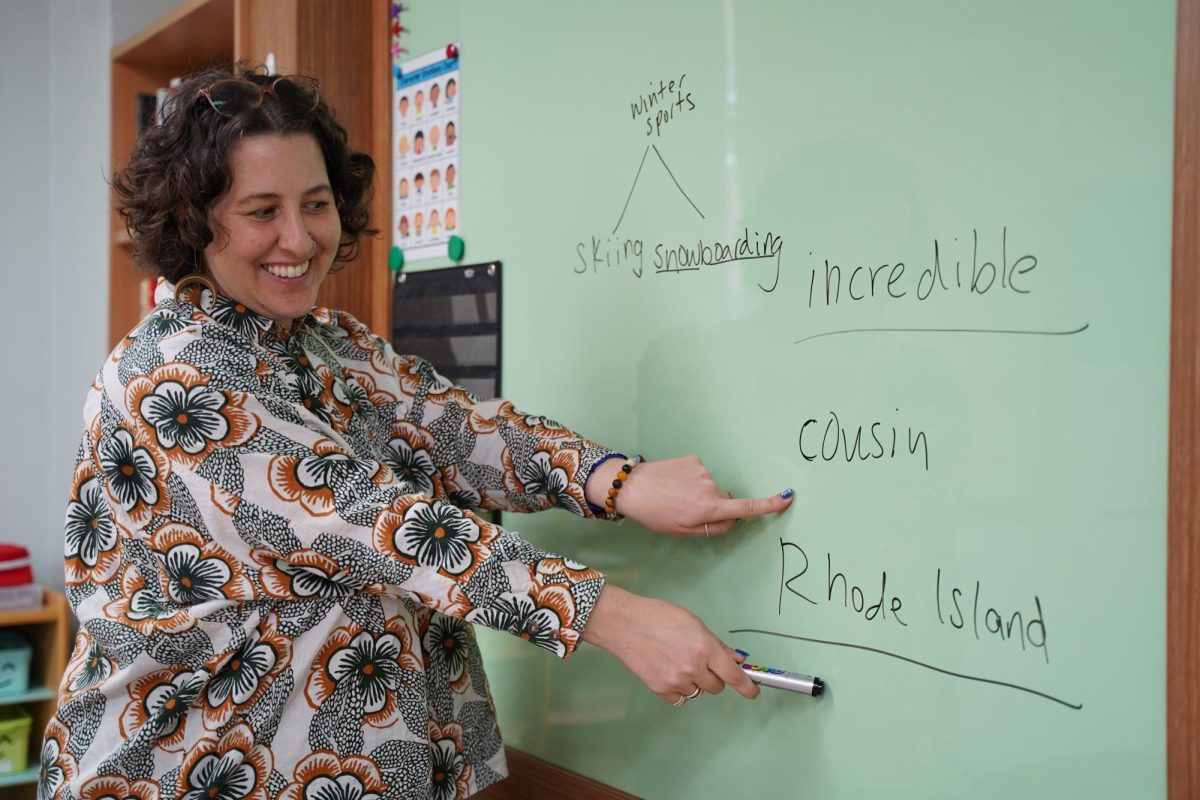
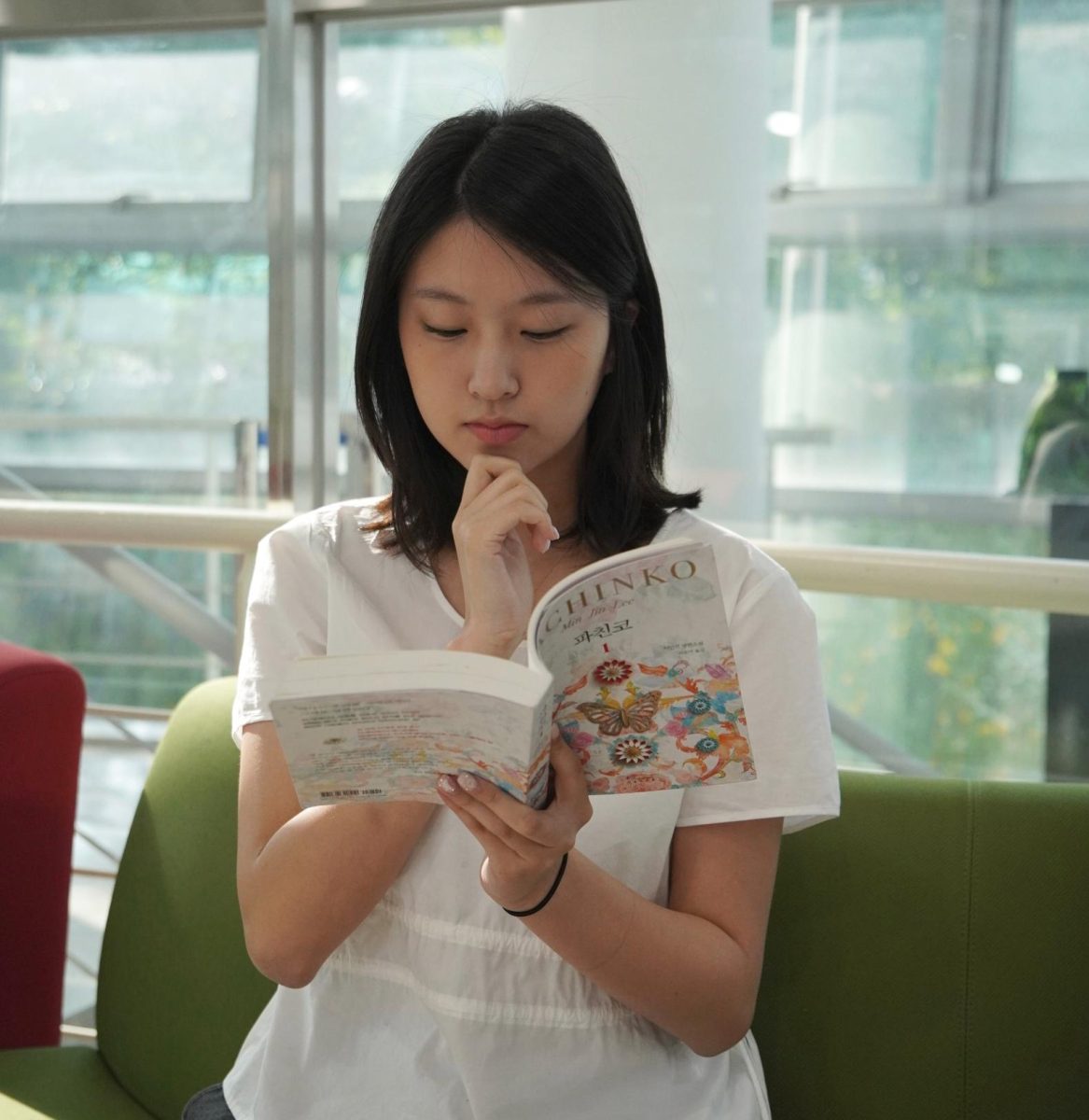
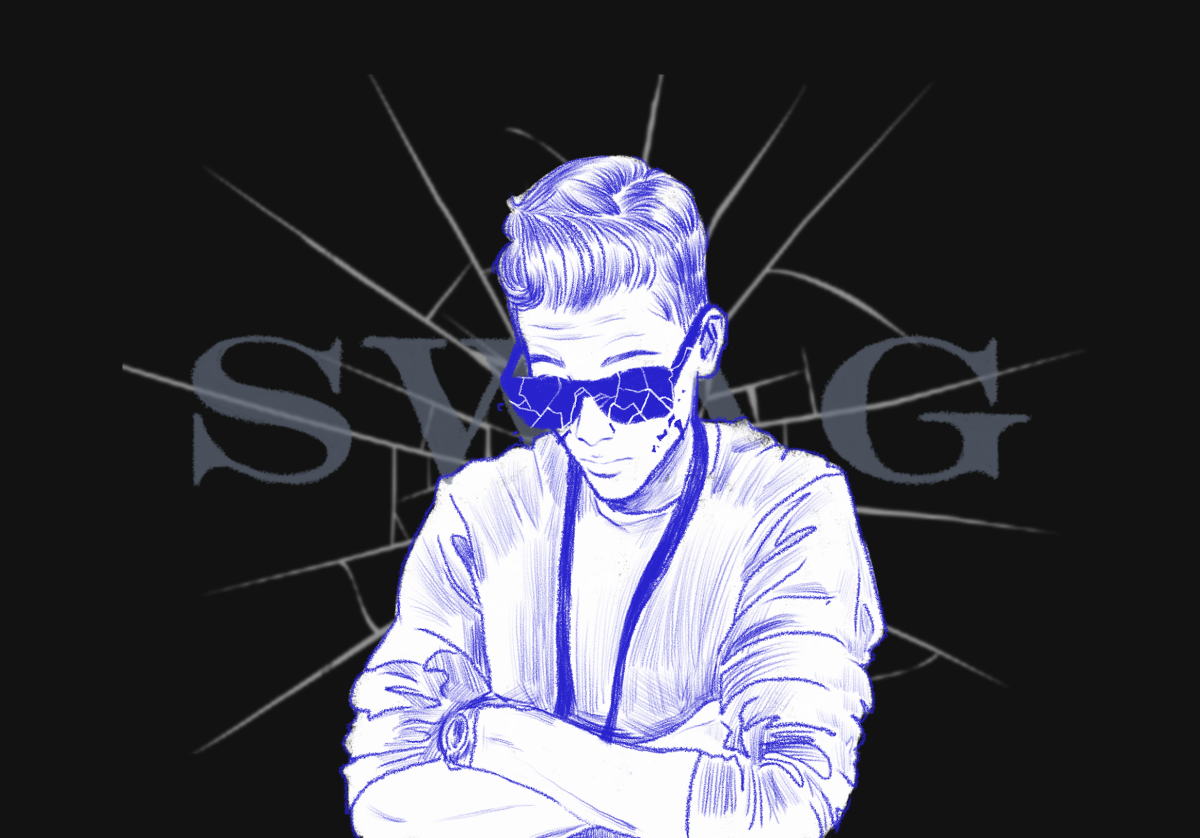
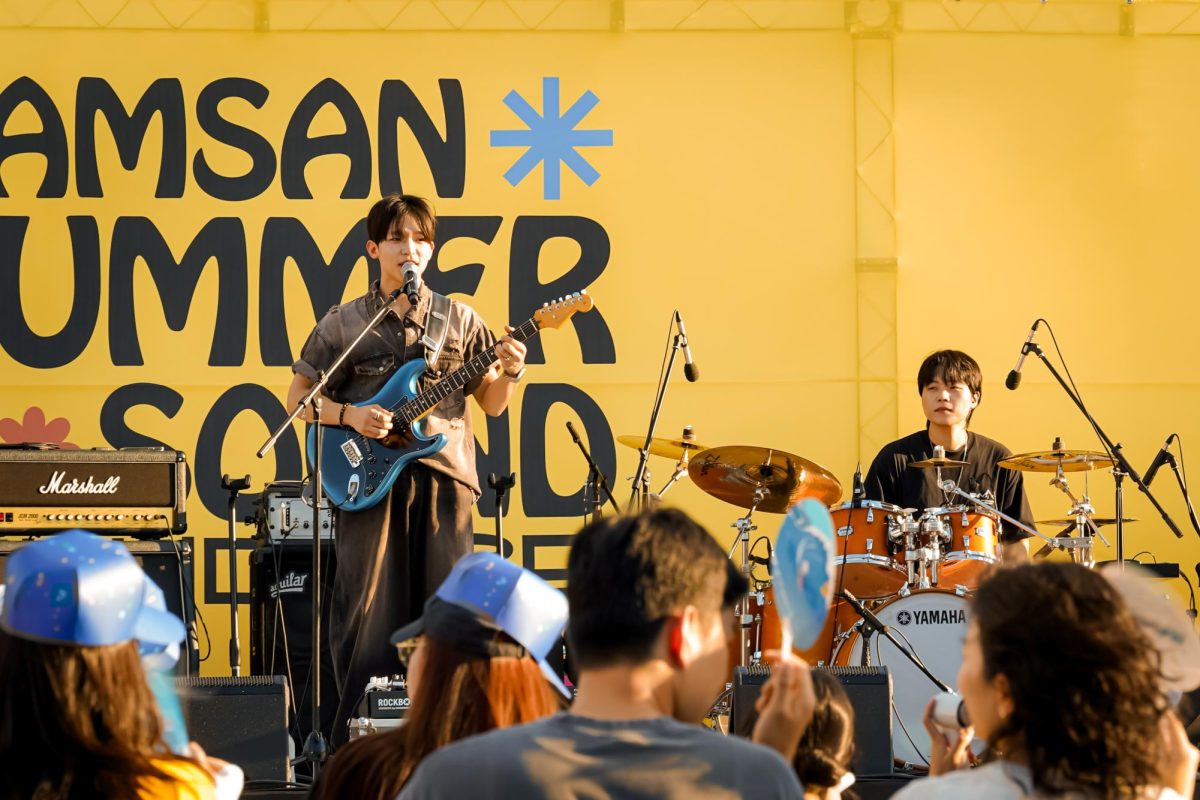





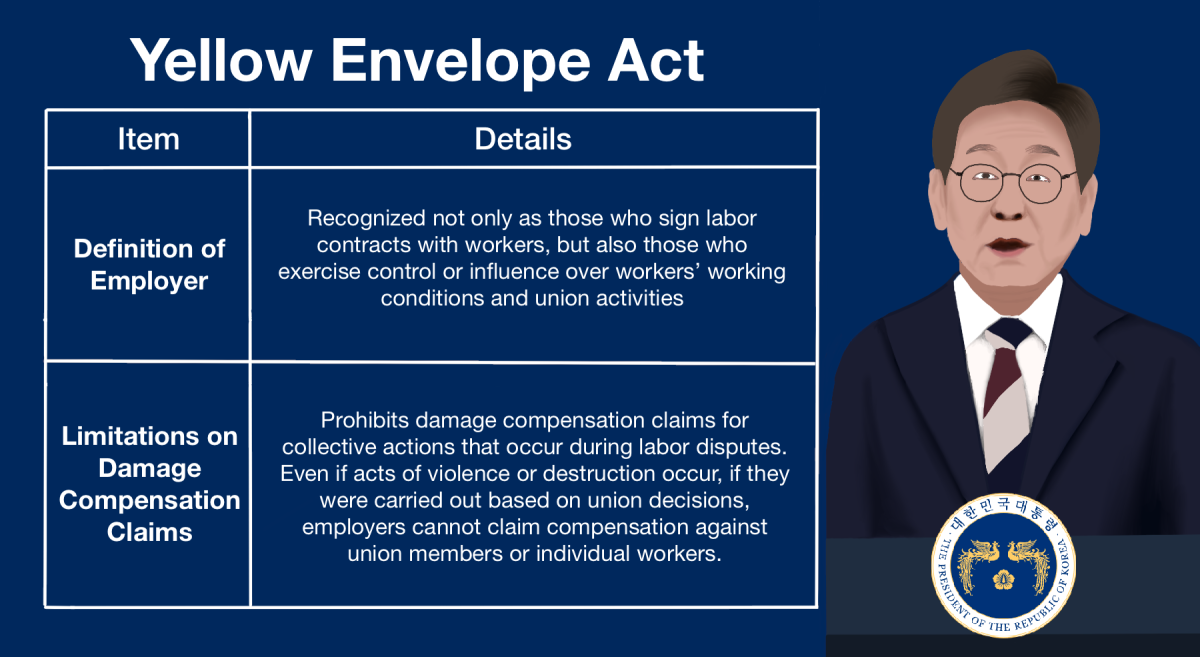
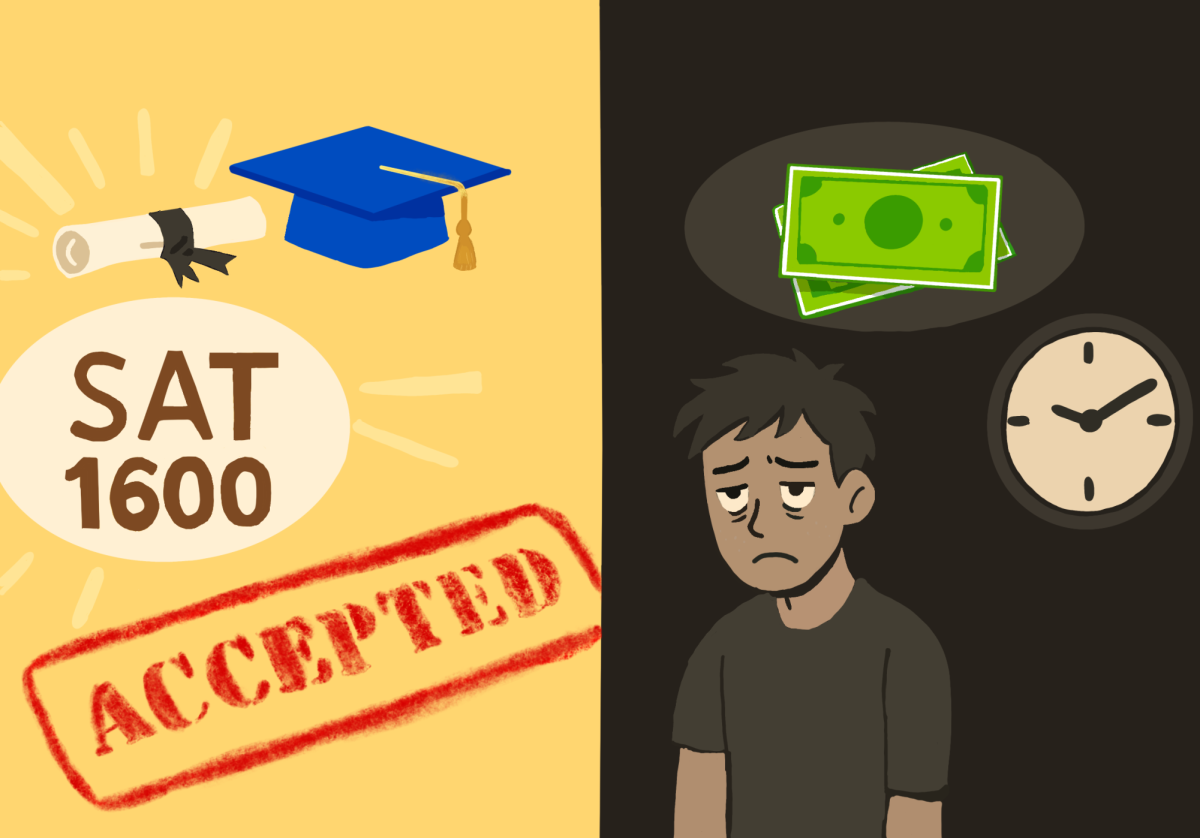

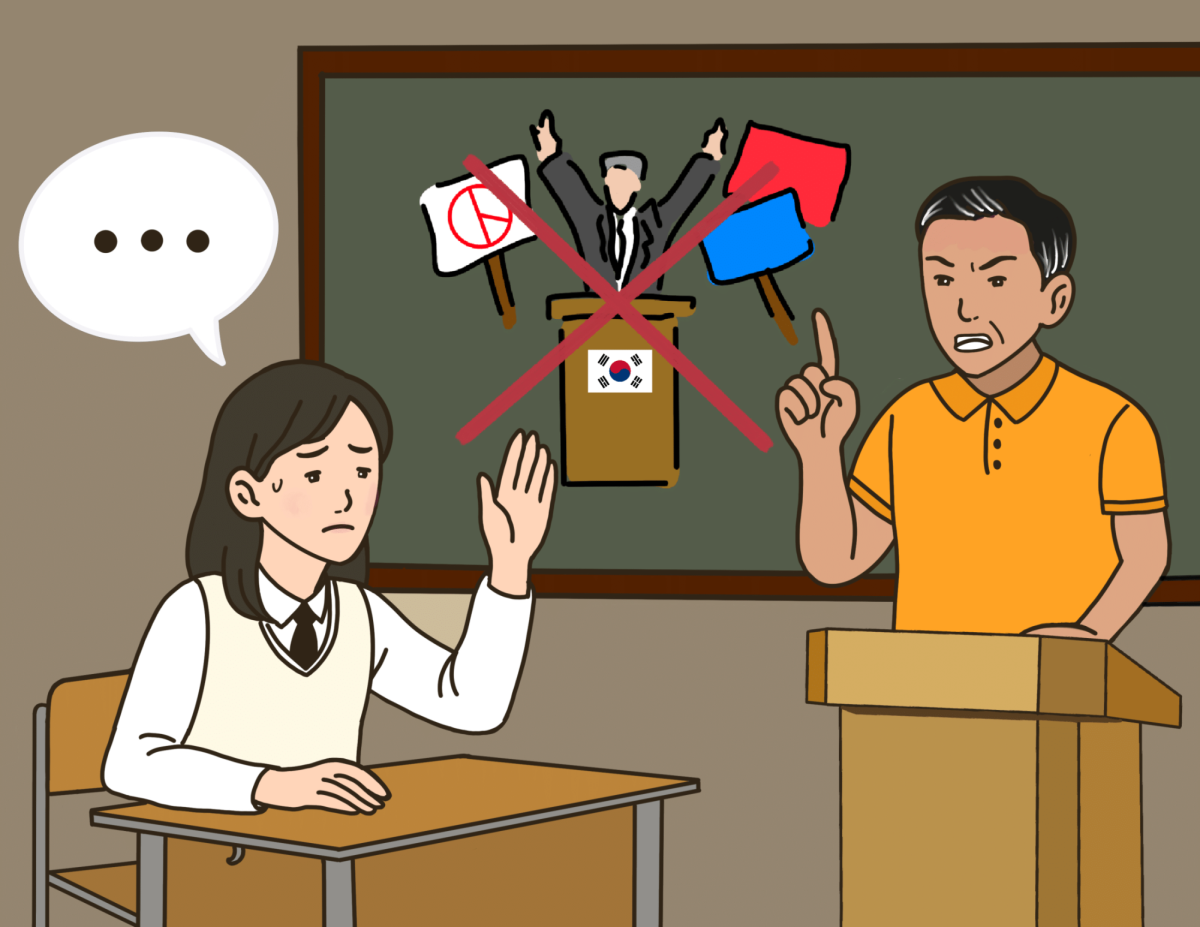

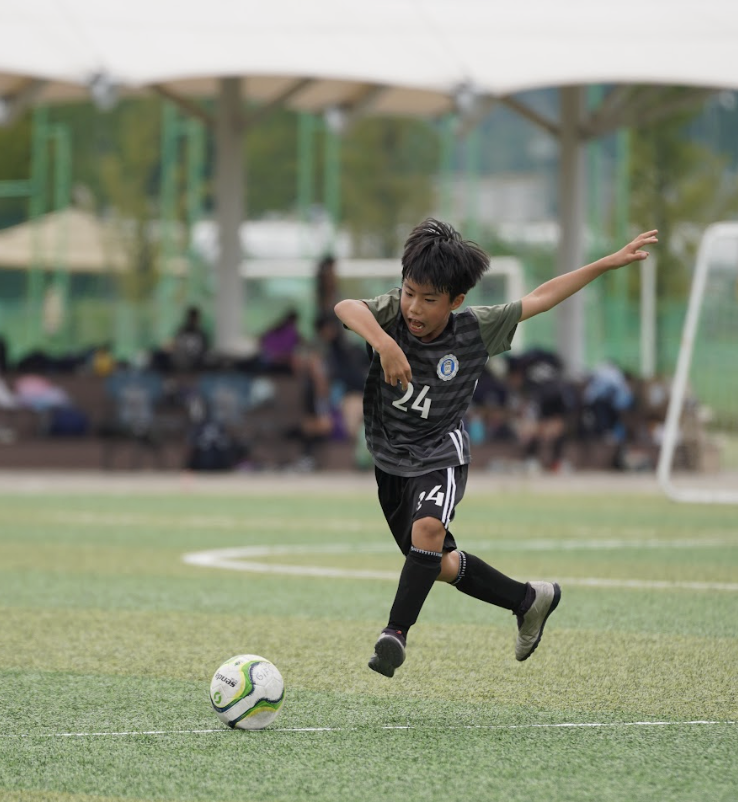

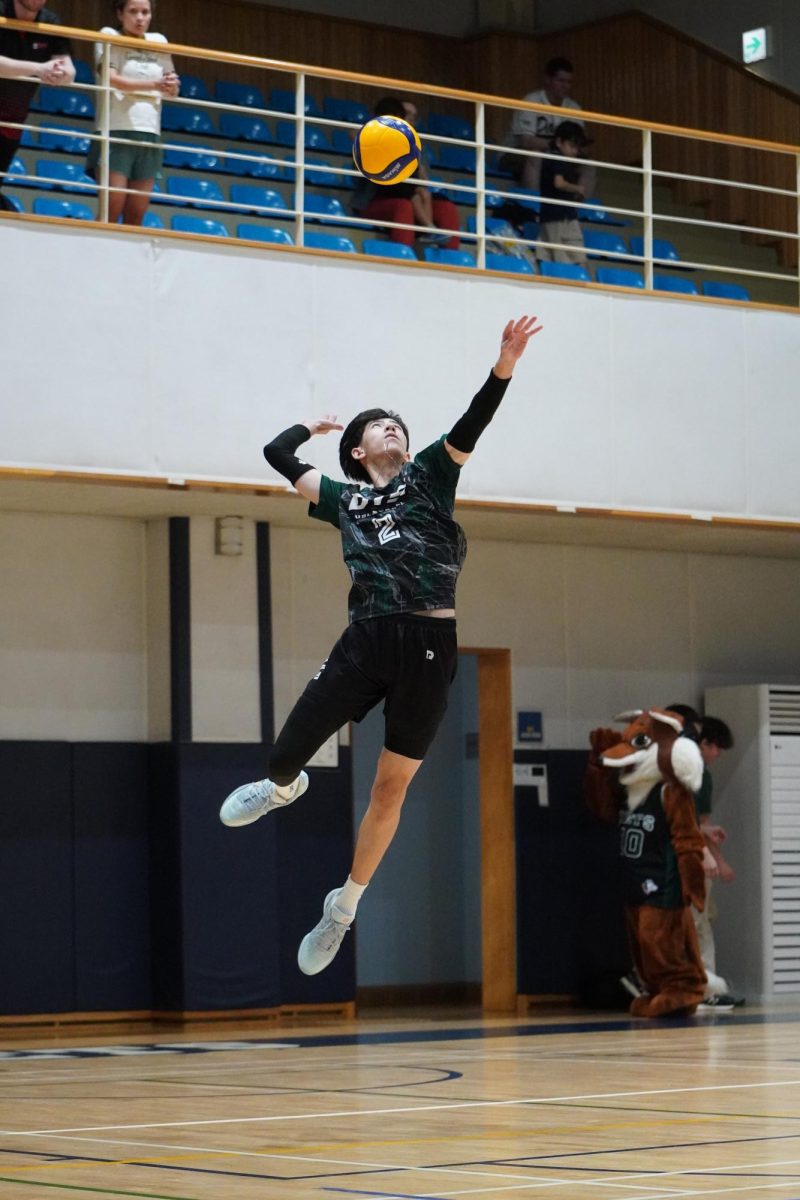
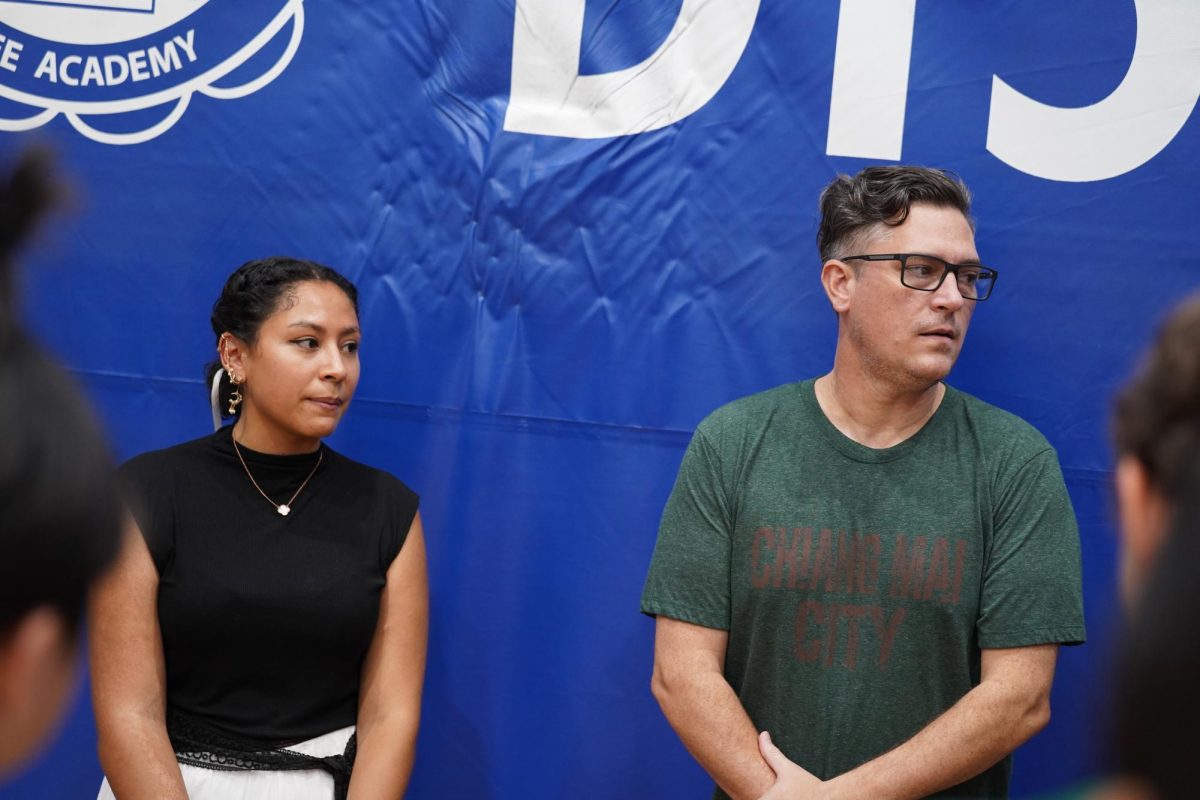
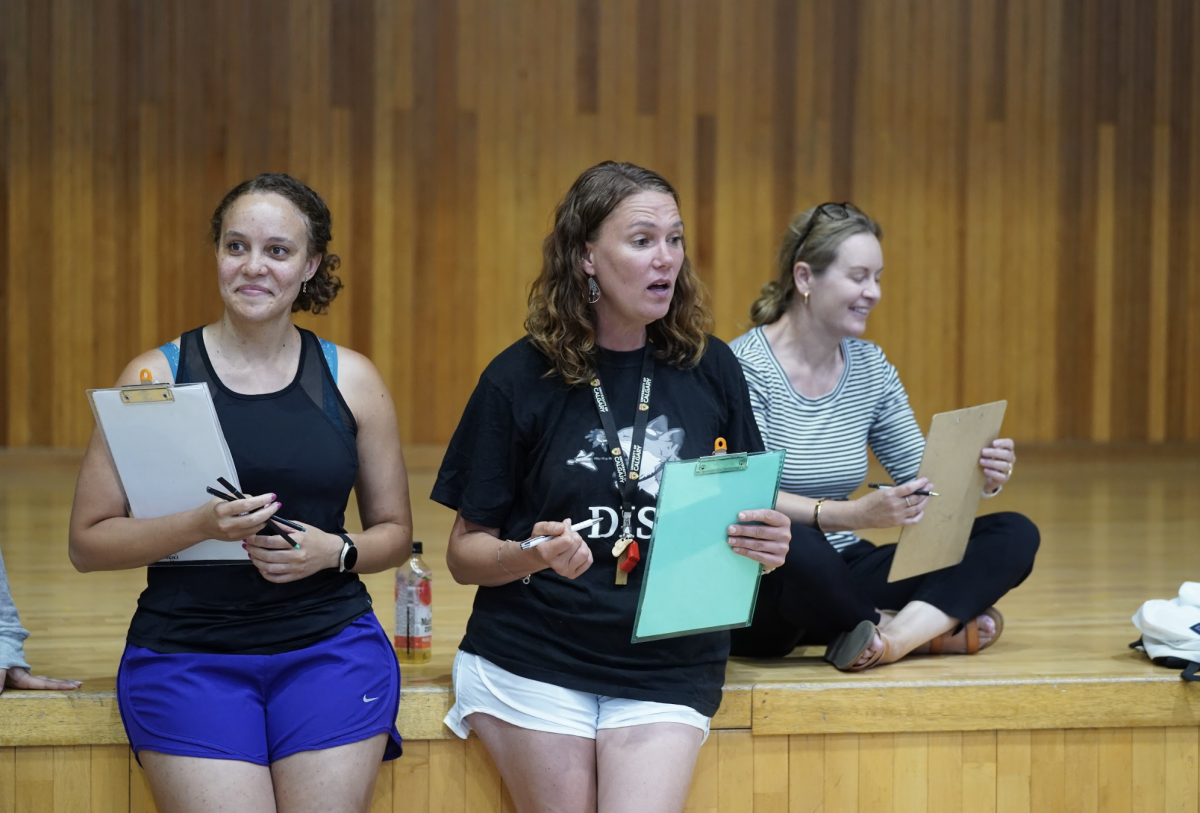













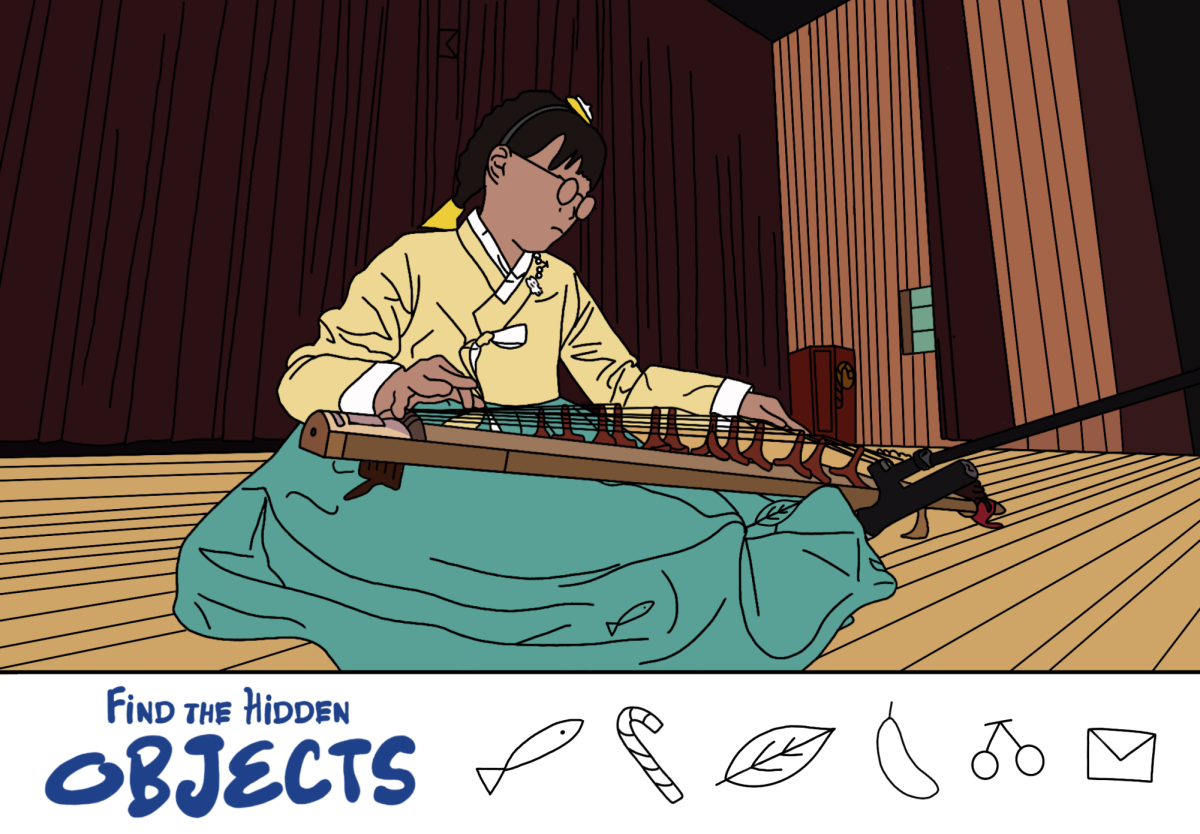

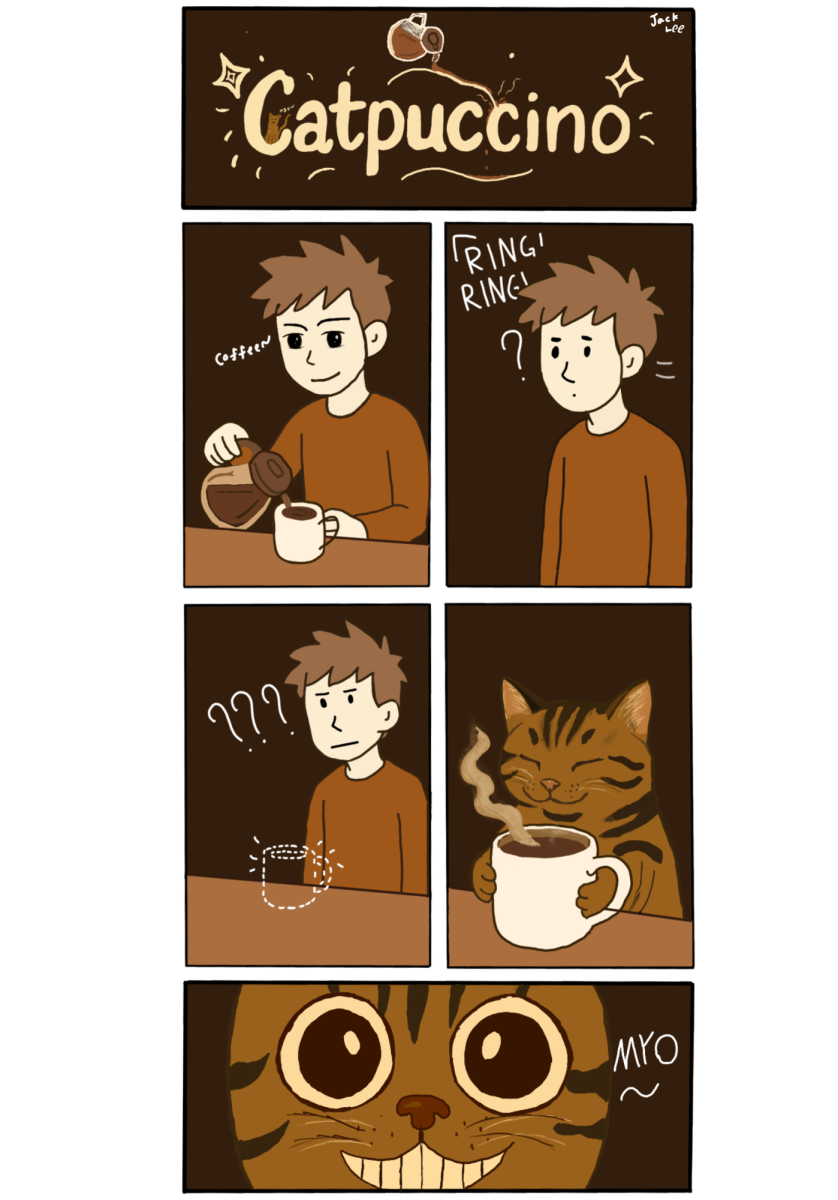


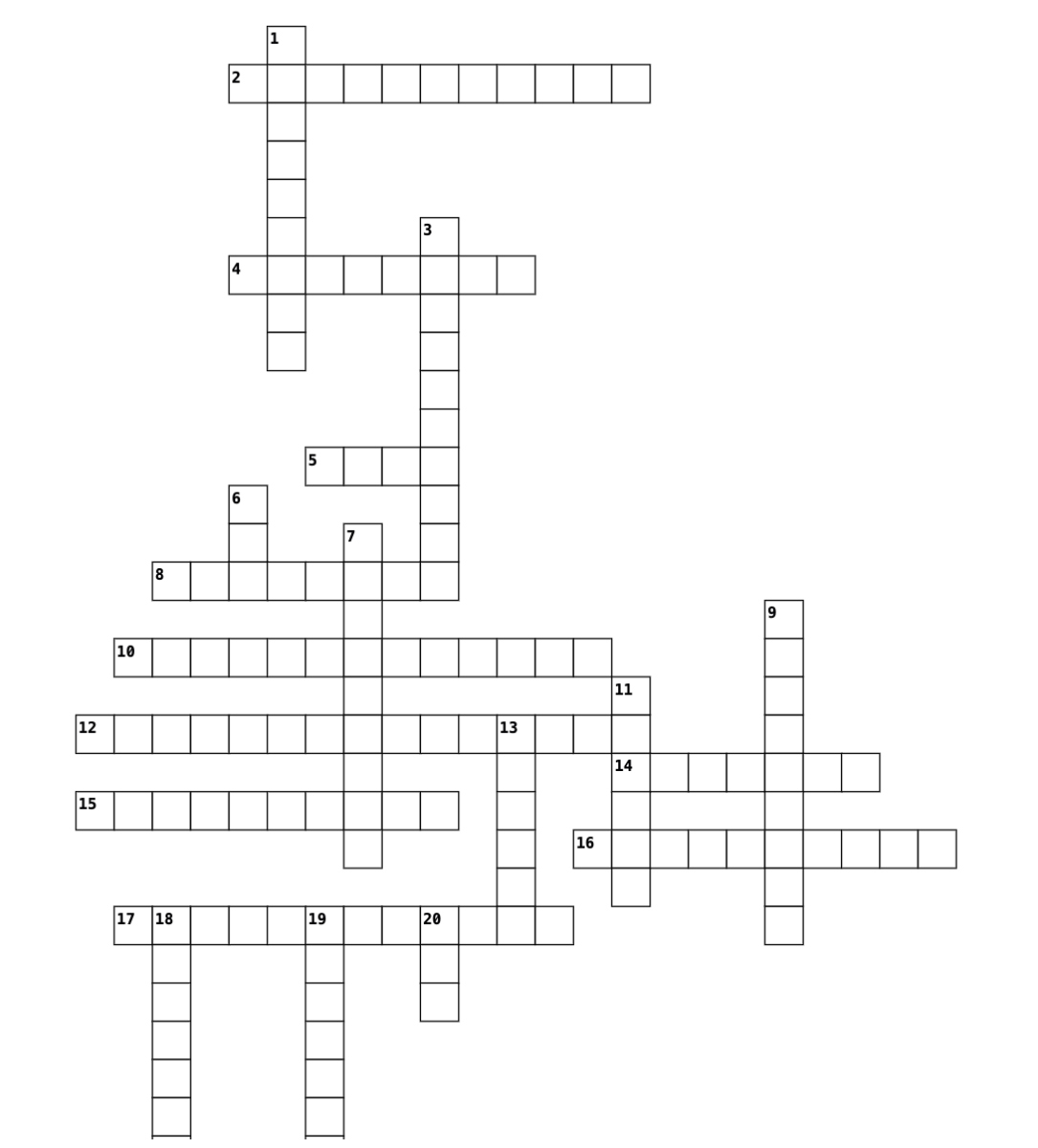
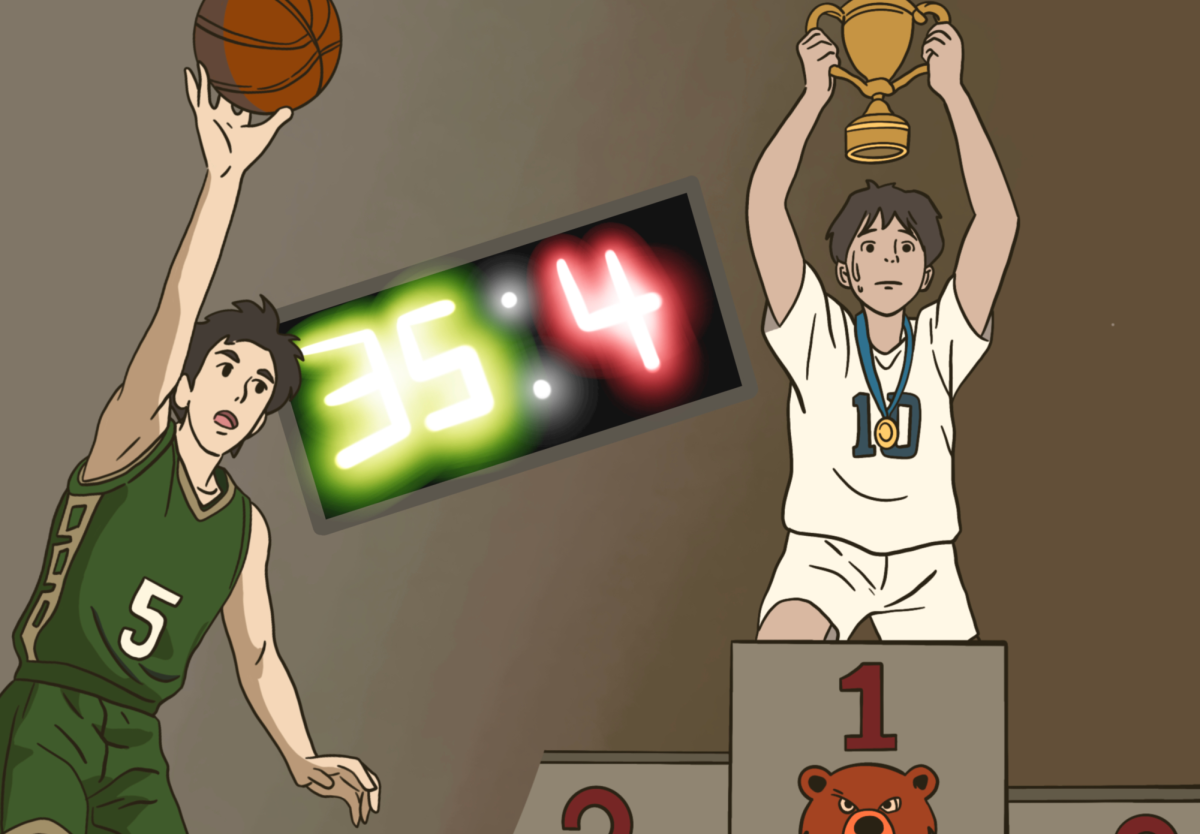
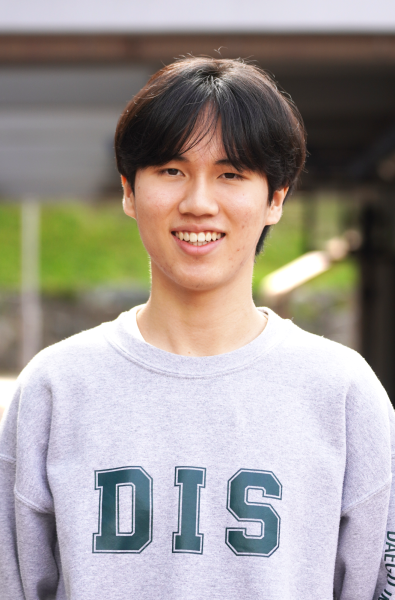
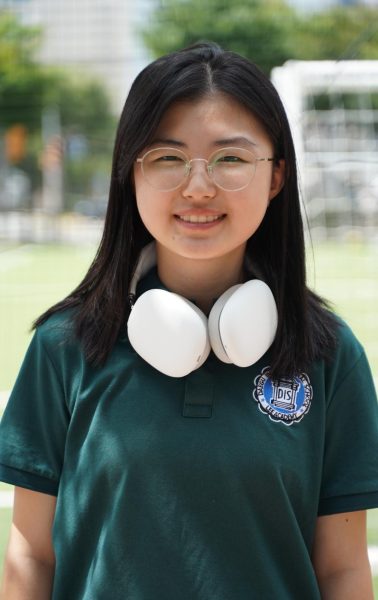

Sola • Apr 1, 2025 at 1:43 pm
Less competitions?? Awww 🙁